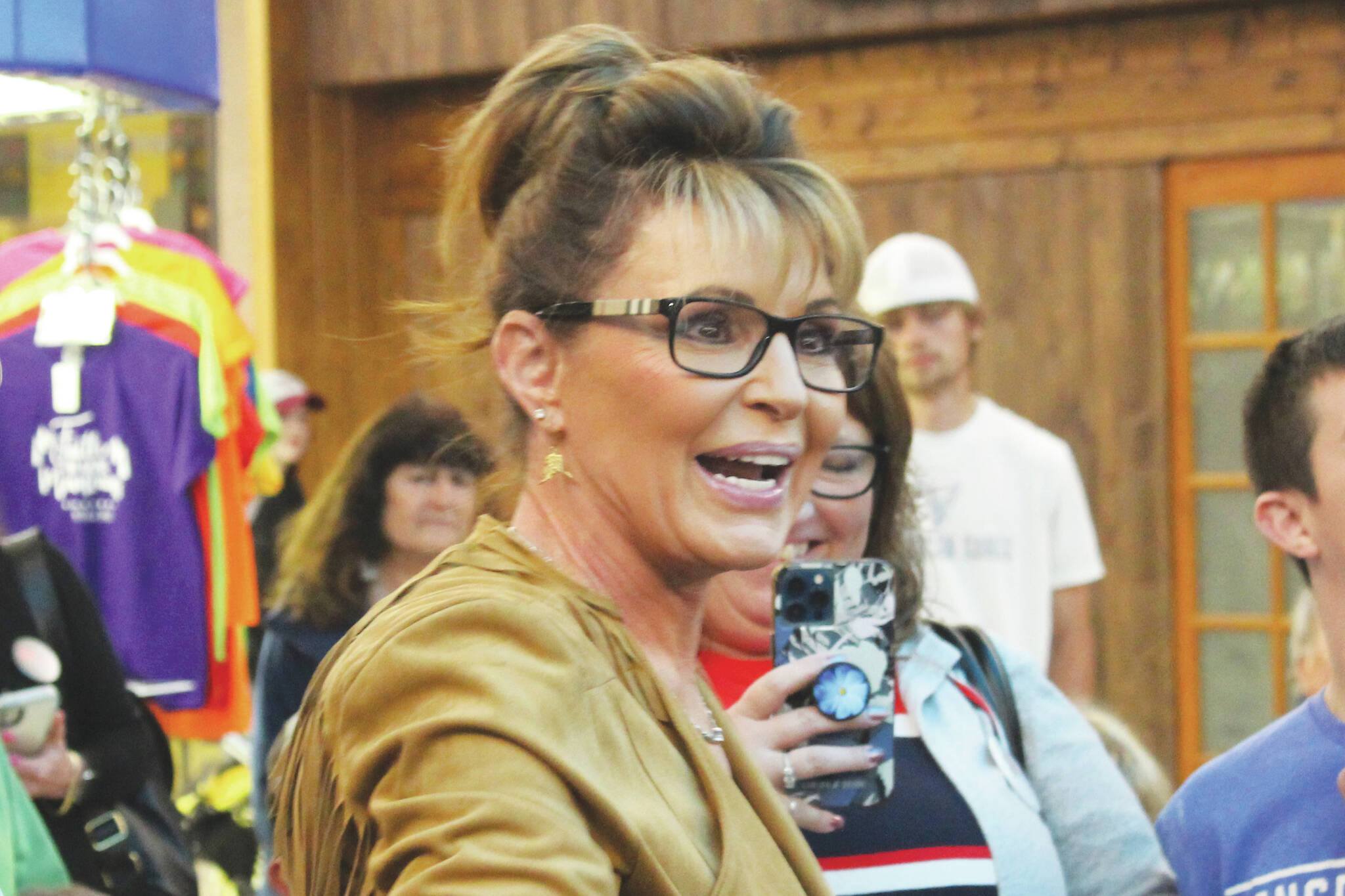The Associated Press has called three of the top four finalists in Alaska’s special primary election.
Former Alaska Gov. Sarah Palin, Republican Nick Begich and Al Gross, an orthopedic surgeon who previously ran for U.S. Senate, will advance to the state’s ranked choice special general election on Aug. 16, the AP reported.
The call followed updated results released Wednesday afternoon by the Alaska Division of Elections.
As of Wednesday night, Palin led the group of finalists — though her lead had decreased slightly from the initial round of results on Saturday — with 28.19% of the more than 134,000 ballots cast. Begich followed, with 19.24% of votes. Gross had received 12.73% of votes as of Wednesday evening.
The winner of the fourth spot, held Wednesday night by former state lawmaker Mary Peltola, who had 8.86% of the vote, had not yet been called by the AP.
Republican Tara Sweeney, who was trailing Peltola with 5.59% of the vote, released a statement Wednesday evening saying based on election results it looked like she would “fall just short” of being among the top four vote-getters.
Preliminary results as of 8 p.m. Wednesday:
Sarah Palin (R): 28.19%
Nick Begich (R): 19.24%
Al Gross (NON): 12.73%
Mary Peltola (D): 8.86%
All ballots postmarked on or before 8 p.m. on June 11 will be counted, according to the Division of Elections.
The first two ballot counts took place on June 11 and June 15. Wednesday’s ballot count will be followed by a third count on June 17. June 21 is the deadline to receive absentee ballots and on June 21 the final ballot count will take place.
Alaska’s 2022 Special Primary Election is the first to use a nonpartisan top four primary structure, under which the election’s top four vote-getters all advance to the special general election on Aug. 16, regardless of party affiliation. The special general election in August will be the first in Alaska to use ranked choice voting, under which voters can choose more than one candidate in ranked order.
Changes to Alaska’s electoral systems were approved by voters as Ballot Measure No. 2, which passed narrowly in 2020 with 50.55% of votes cast. That measure created an open primary system and ranked choice general election and aimed to increase transparency about the use of “dark money” — or campaign funding from undisclosed sources — in Alaska elections.
The ranked choice ballot shows a grid of bubbles, with one row for each candidate and one column for preference order. Voters fill in the bubble in the “1st Choice” column that corresponds to their first-choice candidate. Voters then move to the second column and fill in the bubble that corresponds to their second-choice candidate, and so on. Voters can rank up to four candidates, or just rank one, two or three candidates.
If a candidate receives more than 50% of the first-choice votes, that candidate would be declared the winner of the election.
If no candidate receives more than 50% of the first-choice votes, the candidate who received the least number of first-choice votes is eliminated. Then, the voters who ranked the eliminated candidate as their first choice would have their second-choice candidate votes distributed to the remaining candidates. The process will continue until one candidate emerges with more than 50% of the votes.
Preliminary election results and more information about Alaska’s 2022 Special Primary Election can be found on the Alaska Division of Elections website at elections.alaska.gov.
Reach reporter Ashlyn O’Hara at ashlyn.ohara@peninsulaclarion.com.

